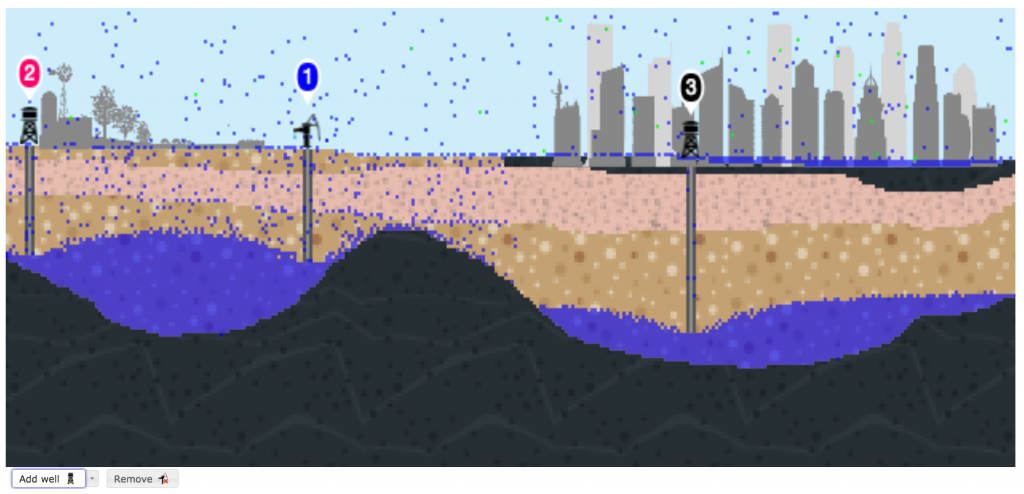A new resolution may overturn the Interior Department’s “Stream Protection Rule,” which required coal mining companies to monitor and test the quality of local streams and rivers before, during, or after mining operations. There is no better time than the present to learn about the importance of water issues in our communities and environment. Three Concord Consortium projects focus on teaching middle and high school students about their local watersheds, careers in environmental conservation, and freshwater availability, and all of them offer free, high-quality resources ideal for classrooms or informal education settings.
The Teaching Environmental Sustainability: Model My Watershed project, a collaborative research project at the Concord Consortium, Millersville University, and the Stroud Water Research Center, has developed curricula for environmental/geoscience disciplines for high school classrooms, using the Model My Watershed (MMW) web-based application. The curricula also integrate low-cost environmental sensors, allowing students to collect and upload their own data and compare them to data visualized on the new MMW.
In Supporting Collaborative Inquiry, Engineering, and Career Exploration with Water (Water SCIENCE), middle school students from southern Arizona, central valley California, southeastern Pennsylvania, and eastern Massachusetts complete hands-on science and engineering activities, receive guidance and instruction from undergraduate and graduate student mentors, interact online with STEM professionals, and learn about careers in environmental conservation and engineering while investigating their community’s local water resources.
Melinda Daniels, Associate Research Scientist at the Stroud Water Research Center, describes her work. Watch additional videos about water scientists and environmental conservationists »
And in our High-Adventure Science project, we’ve developed a unit entitled “Will there be enough fresh water?” Students explore the distribution and uses of fresh water on Earth. They run experiments with computational models to explore the flow of groundwater, investigate the relationship of groundwater levels to rainfall and human impact, and hear from a hydrologist working on the same question. Students think about how to assess the sustainability of water usage locally and globally while considering their own water usage. Use these great resources today to help students understand critical water issues!

Students use computational models to explore water extraction from aquifers in urban and rural areas.